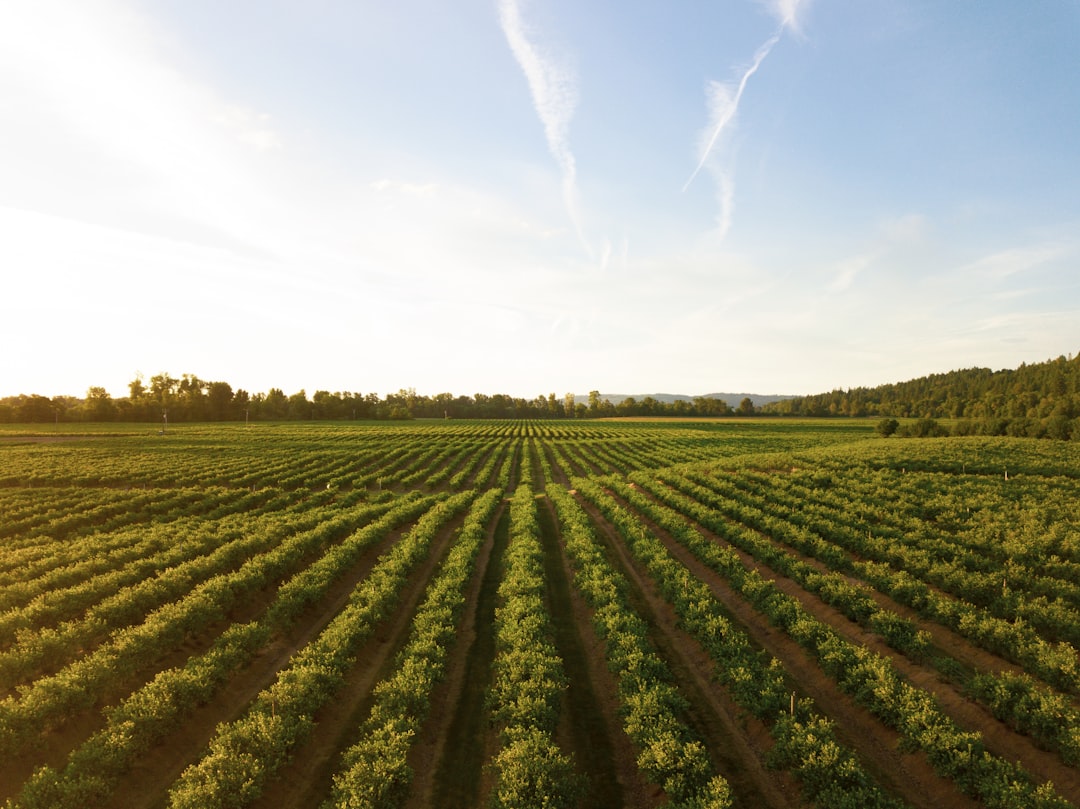In the ever-evolving world of agriculture, efficiency is everything. Whether you're a small-scale grower or managing a large commercial farm, the ability to deliver the right amount of water at the right time can mean the difference between a good harvest and a great one. That’s where automated irrigation systems come in—a game-changing solution designed to save time, conserve water, reduce labor, and increase productivity.
In this post, we’ll explore how automated irrigation works, its benefits, and what to consider when integrating automation into your irrigation strategy.
What Is an Automated Irrigation System?
An automated irrigation system uses timers, sensors, controllers, and sometimes smart software to manage the application of water without the need for constant human input. These systems can be programmed to water crops at specific times or triggered based on real-time conditions like soil moisture levels or weather forecasts.
There are several types of irrigation systems that can be automated:
-
Drip irrigation
-
Sprinkler irrigation
-
Surface irrigation (with automated gates or valves)
-
Subsurface irrigation
Key Components of Automation
1. Controllers or Timers
These devices act as the brain of the system, allowing you to set when, where, and how long irrigation should run. Advanced models can adjust schedules based on environmental data or user input via apps or web interfaces.
2. Valves and Actuators
Valves control water flow to different zones of the field and can be opened or closed automatically according to the controller’s schedule.
3. Soil Moisture Sensors
These measure the water content in the soil and send data to the controller. If soil is already moist, the system can skip irrigation to conserve water.
4. Weather Sensors and Forecast Integration
By tracking temperature, rainfall, humidity, and wind, these sensors can help the system decide whether watering is necessary—or delay irrigation if rain is expected.
5. Remote Access and Monitoring
Many automated systems come with apps or cloud-based platforms that allow farmers to monitor and control irrigation remotely, even from a smartphone.
Benefits of Automated Irrigation Systems
1. Saves Time and Labor
Automated systems eliminate the need for manual operation, reducing the time spent turning valves, moving hoses, or adjusting schedules. This frees up time for other essential farm tasks.
2. Conserves Water
By irrigating based on soil moisture or plant needs, automation ensures water is only applied when necessary. This prevents overwatering and reduces water waste—a major benefit in water-scarce regions.
3. Improves Crop Health and Yields
Consistent, well-timed irrigation promotes uniform growth, minimizes plant stress, and helps maintain optimal soil conditions—resulting in better-quality crops and higher yields.
4. Reduces Operational Costs
While there is an upfront investment, automated irrigation can lower long-term costs by reducing water bills, labor expenses, and losses due to inefficient watering.
5. Supports Precision Agriculture
When integrated with precision tools and data (like GPS mapping or fertigation systems), automated irrigation becomes part of a broader strategy to optimize inputs and increase efficiency across the farm.
Applications in the Field
Automated irrigation is used across many types of farming operations, including:
-
Row crops: Timing irrigation based on crop stages
-
Orchards and vineyards: Zoned watering and seasonal adjustments
-
Greenhouses: Daily cycles and exact moisture control
-
Lawns and landscapes: Water-saving schedules for non-agricultural areas
Things to Consider Before Installing an Automated System
-
Initial Costs and Budget
-
Systems vary in complexity and price. Consider the size of your operation, water source, and existing infrastructure when planning your investment.
-
Type of Crops and Soil
-
Different crops have different watering needs, and your soil’s water-holding capacity will influence how you program the system.
-
Power Supply and Connectivity
-
Ensure you have reliable power (solar options are available) and internet or mobile network access if you plan to monitor remotely.
-
Maintenance Requirements
-
Like any technology, automated systems need regular checks to ensure sensors, valves, and controllers are functioning properly.
-
Training and Technical Support
-
Make sure you and your team understand how to use and troubleshoot the system. Partnering with a knowledgeable supplier or technician is often a good idea.
Conclusion
Automated irrigation systems are more than just a convenience—they’re a strategic investment in the future of sustainable, productive farming. By delivering the right amount of water at the right time, they save labor, reduce waste, and help crops thrive under varying conditions.
Whether you’re growing vegetables in a small field or managing a sprawling orchard, automation can take your irrigation management to the next level. As water resources become increasingly precious, adopting smarter irrigation practices isn’t just smart—it’s essential.
Thinking of upgrading to an automated irrigation system? Drop your questions or share your experience in the comments below!

Comments
No comments yet. Be the first to comment!
You must be logged in to comment. Login